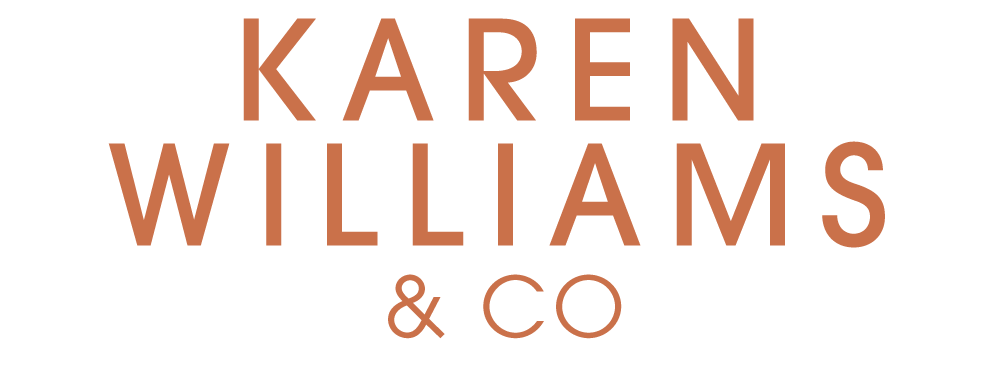How to Not Need a Coach
The Success Continuum, by Paul J. Meyer, a pioneer in the personal development industry, tells us that the ultimate driver of our behaviour and results is the input we receive over time (see diagram below).
Unfortunately most leaders and managers have never learned this well-researched fact and so when attempting to influence the behaviour of their people, they focus on trying to change the behaviour itself.
If you've ever attempted to improve someone's performance by training them in a new skill or attitude, only to return the following week to find they've reverted back to doing things the way they always have, you'll know the frustration of focusing on the wrong thing.
To create a sustained change, one that continues independent of your guidance, shifting focus from trying to change behaviour to inspiring and instilling new habits of thought is your maximum leverage point.
Without this knowledge, we return over and over to re-train, re-communicate and reset, eventually giving up on people by lowering our expectations or moving them on.
Here are a few examples of new input - ways to shift your approach from being a teacher who provides information or instruction, to being a coach who can elegantly elicit the best from another:
Listen Deeper
There are different levels of listening, and most of us limit our listening to words and behaviour. Try listening to what's not being said, to body language, to the nuances in someone's tone - you will gain much more context and understanding about what's really going on for someone and how you can support them to make positive change. It takes a little bit more time and attention, but will be worth the return.
Ask Better Questions
Choose your questions with intention. We usually throw around questions on the fly without thinking, for example "you're right to keep going with it?" or "how did you go with that deadline?". These are what I call low quality questions and will elicit low quality answers. Try specific and thoughtful questions, for example "what are the potential obstacles you need to address now to ensure you deliver on time?" or "what was the key ingredient to the team working well that we can replicate in other areas?" Taking the time to consider better questions will inspire new thinking in both of you.
Separate the Behaviour from the Person
To achieve real influence and cause sustainable change, the most effective approach is to hold judgment, separate the behaviour from the person, let them know their behaviour isn't ok, that you believe they can do better and work on changing it together. If they know you are willing to believe in them, even when they are doubting themselves, with your genuine encouragement and clear and agreed expectations, with follow up and an accountability framework, they will rise to meet your belief.
Craft Your Environment
Create your organisational and team culture on purpose where all types of personalities feel comfortable sharing their ideas, where people feel safe to stretch and practice new ways of working and have new kinds of conversations. Make it ok for people to fail by sharing when you fail. Lead and demonstrate the behaviour you want to see.
The Success Continuum is a powerful reminder to take a different approach when we're stuck in the loop of reacting to someone's behaviour and nothing is changing.
When we shift our mode from teaching and telling to coaching and guiding, we can provide new input that inspires new habits of thought which then translate into the behaviour we've been trying to elicit all along.




